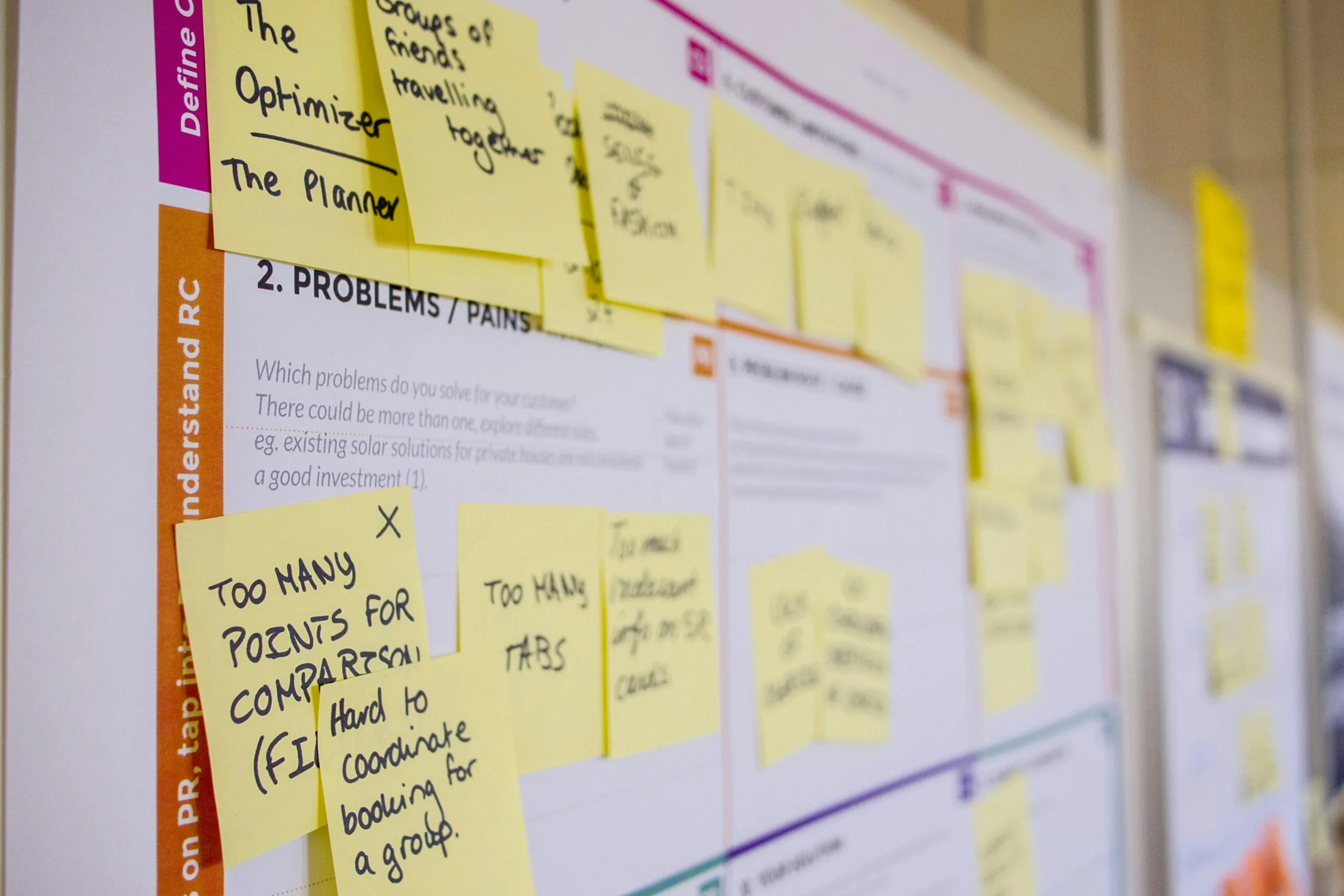In today’s fast-paced business environment, optimizing efficiency is paramount. Understanding how much time tasks take is crucial for productivity, resource allocation, and cost reduction. This is where Time Study Methods Explained come into play. Time studies are systematic techniques used to determine the standard time required by an average worker to complete a specific task, working at a normal pace. They are foundational to industrial engineering and play a vital role in process improvement across various industries. By meticulously analyzing work processes, businesses can identify bottlenecks, streamline workflows, and ultimately enhance their bottom line.
- What Are Time Study Methods?
- Key Time Study Methods Explained
- Implementing Time Studies Effectively
- The Future of Time Studies: Trends and Technology
- Common Time Study Challenges
- Conclusion
What Are Time Study Methods?
Time study, a cornerstone of scientific management, involves observing and recording the time taken to complete a task. Its primary goal is to establish a standard time for a job, which then serves as a benchmark for performance, planning, and costing. These methods are not just about speed; they also consider the quality of work, the effort exerted, and the conditions under which the work is performed. The data collected from time studies helps in setting fair compensation, balancing production lines, forecasting labor needs, and improving overall operational efficiency.
Key Time Study Methods Explained
Several distinct methodologies fall under the umbrella of time studies, each with its unique approach and application. Understanding these diverse Time Study Methods Explained is crucial for selecting the most appropriate technique for a given organizational context.
Stopwatch Time Study
This is perhaps the most traditional and widely recognized method. It involves directly observing an operator performing a task and measuring the time taken for each element of the task using a stopwatch. The observed times are then adjusted for factors like rating (worker’s pace relative to normal) and allowances (for fatigue, personal needs, etc.) to arrive at a standard time. It’s best suited for repetitive, short-cycle operations.
Standard Data System
Instead of conducting new time studies for every task, the standard data system utilizes a database of pre-existing time values for various work elements. These values are compiled from past time studies or other work measurement techniques. This method is highly efficient for new tasks that consist of elements for which standard times already exist, saving considerable time and resources compared to individual stopwatch studies.
Predetermined Motion Time Systems (PMTS)
PMTS involve analyzing the fundamental human motions required to perform a task (e.g., reaching, grasping, moving, positioning) and assigning pre-established time values to each. Systems like Methods-Time Measurement (MTM) and Work-Factor are popular examples. PMTS are particularly useful for designing work methods, evaluating proposed changes, and establishing standards before production even begins, as they don’t require direct observation of the task being performed.
Work Sampling
Also known as activity sampling, this method involves making a large number of random observations of workers or machines over a period. At each observation, the activity being performed is recorded. The proportion of time spent on various activities is then estimated based on the proportion of observations where those activities were noted. Work sampling is cost-effective and suitable for long-cycle tasks or where direct observation is impractical. It provides insights into utilization rates and delays.
Activity-Based Costing (ABC)
While primarily an accounting method, ABC is closely related to time studies as it allocates overhead and indirect costs to products or services based on the actual activities that drive those costs. By understanding the time and resources consumed by specific activities (often informed by time study data), organizations can gain a more accurate view of product profitability and make better strategic decisions. This method helps in identifying non-value-added activities and optimizing cost structures.
Implementing Time Studies Effectively
Successful implementation of time study methods requires careful planning and execution. It’s vital to clearly define the purpose of the study, select the appropriate method, train observers, and ensure transparency with employees. Gaining employee buy-in is crucial, as resistance can significantly impact the accuracy and acceptance of the study’s findings. Regular review and updating of standard times are also necessary to account for changes in processes, technology, or materials.
The Future of Time Studies: Trends and Technology
The field of industrial engineering, including time studies, continues to evolve. Modern approaches incorporate advanced technologies like video analysis, motion capture, and even AI-powered analytics to improve accuracy and reduce the labor intensity of traditional methods. Digital tools can automate data collection and analysis, providing more granular insights and enabling real-time adjustments. Keeping abreast of these industrial engineering trends is essential for practitioners. For more insights on streamlining business processes, explore our guide on process optimization strategies.
Common Time Study Challenges
While highly beneficial, time studies are not without their challenges. Understanding these can help mitigate potential issues during implementation.
| Challenge | Description | Mitigation Strategy |
|---|---|---|
| Observer Bias | Subjectivity in rating worker performance. | Training, multiple observers, clear definitions. |
| Worker Resistance | Employees feeling scrutinized or fear of job cuts. | Transparency, communication, involve workers. |
| Task Variability | Tasks with inconsistent elements or cycles. | Use work sampling, longer observation periods. |
| Environmental Factors | Noise, temperature, lighting affecting performance. | Standardize conditions, account for allowances. |
| Data Accuracy | Errors in data collection or calculation. | Automated tools, strict protocols, verification. |
Conclusion
The systematic application of Time Study Methods Explained provides businesses with invaluable data to enhance operational efficiency, reduce costs, and improve productivity. From the traditional stopwatch method to advanced PMTS and modern digital tools, these techniques offer a pathway to a more optimized and competitive future. By embracing these methodologies, organizations can make informed decisions, streamline their processes, and ultimately achieve sustainable growth. Continuous improvement is key, and time studies remain a powerful tool in that journey.


